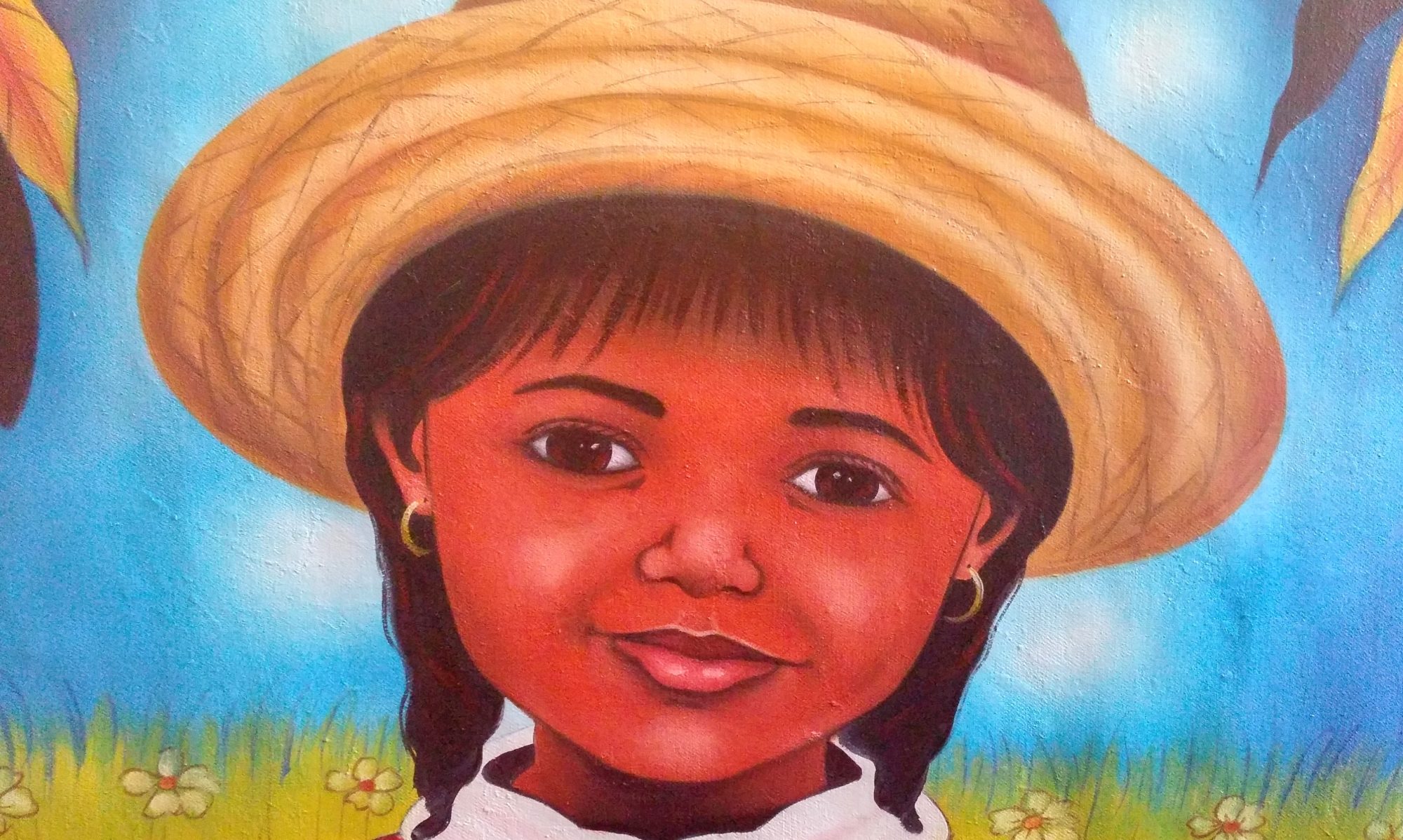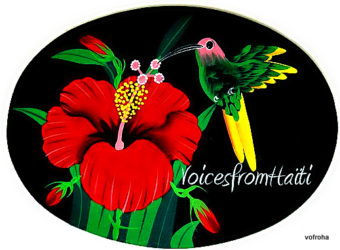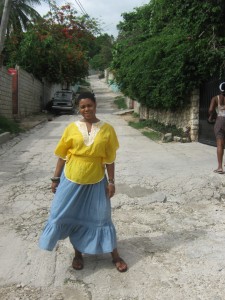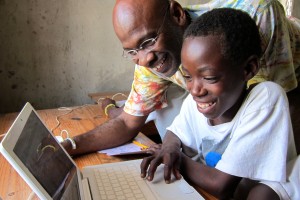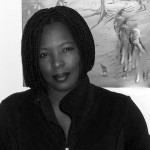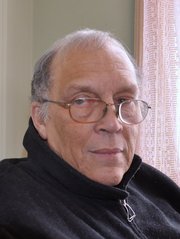Tequila Minsky writes about Leyla McCalla.
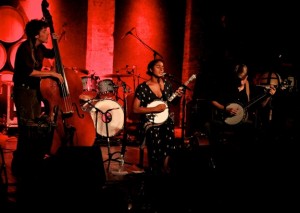
People find circuitous routes to their careers and sometimes you have to leave home to come back home. This is how it is for Leyla McCalla, who plays the cello and after moving to New Orleans, has at least briefly returned back to NY to record her first CD. Things are different than when she left New York, a year ago.
Leyla lived a year in Brooklyn –Ft. Greene–while finishing up a music degree at NYU. This was followed by four years in Williamsburg–also Brooklyn, playing music gigs around town, bartending to pay the rent, and teaching a little. During that time, McCalla met a street performer playing near her local L–train subway line, “She told me she plays in a duo–guitar and violin– on the street in New Orleans, and she wanted me to play with them and offered me her place to stay.“
Leyla visited and stayed for a month, the beginning of many back and forth trips to New Orleans. Performing in the street paid for her trips. A year ago, she took the plunge and moved her domicile.
When they say ‘street musician’ in New Orleans, they mean it. The streets are closed in the French Quarter, on weekdays from 11-4pm and to 7pm on weekends. Leyla’s day-job, three to four days a week, is as a musician where on Royal Street near Café Beignet, she situates herself on a crate or a borrowed chair from the café, literally in the middle of the street. Weekends, there is a lot more people-traffic.
The musician enchants passers-by with Bach Cello Suite #1. The Sarabande from Suite #3 is a real crowd pleaser. Impressed that she’s playing classical music– a change of pace from ever-present New Orleans jazz, tourists circle around her.
About changing her habitat? In New York, she says, “I was feeling a little too comfortable and I needed to make a move.” When she left, she was clear that she was moving “to get creative inspiration.”
In New Orleans, music is all around; she’s getting the inspiration she so desired and also is finding reinforcement for the quest in making a career in music. And, she took up the banjo, an easy transition with the same strings. She knows the notes.
For now, the street gig suits her, “I like people,” she says. On the street, she hooks up with other musicians and perfects her presentation to the public. Leyla also teaches with the New Orleans String Project. She found a path to completely make her way doing music. 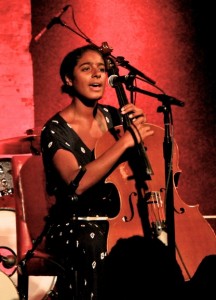
One day while she’s playing, after listening for a while, a man asks if she has a sister, Sabine, in North Carolina–– she does.
This man, Tim Duffy made note when Sabine told him, “My sister is a street musician in New Orleans.” On vacation in New Orleans with his family, he kept an eye out for Leyla playing and after listening to her for hours, they met to talk.
Duffy heads the Music Makers Relief Foundation, an organization that steps in as a safety net to improve the lives for old-timer musicians, the bluesyist of the blues players, folk over the age of 65, with an income less than $18,000.
“These are American traditional musicians without pension plans and health insurance,” Leyla explains. “Some of them don’t know when their birthday is.”
Music Makers’ mission is nourishing the roots of American music, offering financial support and helping to arrange performances and producing new CDs.
The Foundation also has a “Next Generation Artists” program that encourages and mentors younger artists performing Southern traditional music. Leyla was invited to be a part. Her music, apart from classical, is original acoustic inspired by folk, some New Orleans jazz and some arrangements from Haitian popular traditions.
She now has a booking agent who lined up a City Winery gig in Manhattan, in late July. She opened for renowned Malian singer Oumou Sangare. What an honor!
Leyla sang original music composed to the poetry of Langston Hughes and Haitian popular songs–Meci Bon Dieu and L’Atibonite. Her cello technique is strumming and finger picking–- no cello bowing. Fellow New Orleans’ musicians Taylor Smith on upright bass and Nathan Harrison on banjo accompanied her. For some other numbers, she played the banjo.
Leyla’s New York trip was planned to record her CD, adding to the four pieces she had recorded earlier, which were the tribute to Langston Hughes. New York musician and friend Ezekiel Healy on dobro, lap steel guitar joined with her New Orleans musicians during the recording session.
There’s a lot to keep her busy with music these days, writing, performing, and working on the CD. Getting the artwork together and mixing the music, Leyla anticipates a release date early next year. She’ll also be backing New York, performing in January as part of APAP, Association of Professional Arts Presenters.
